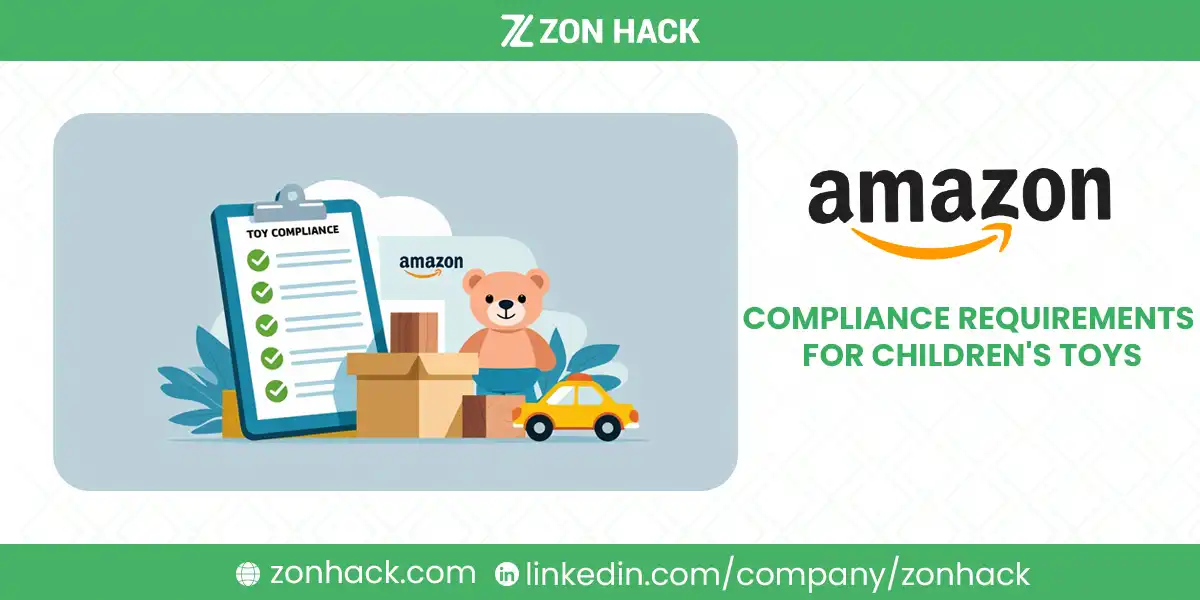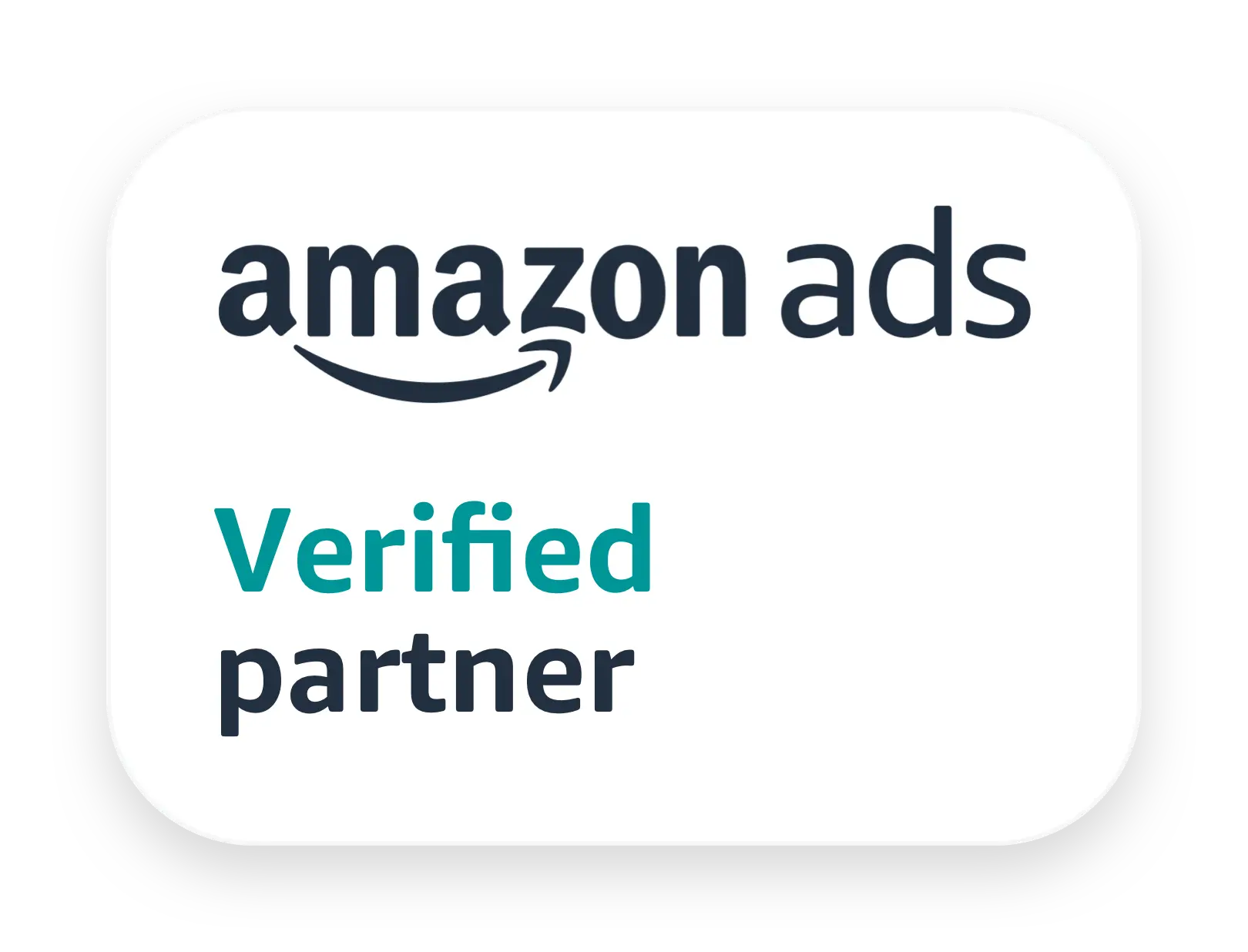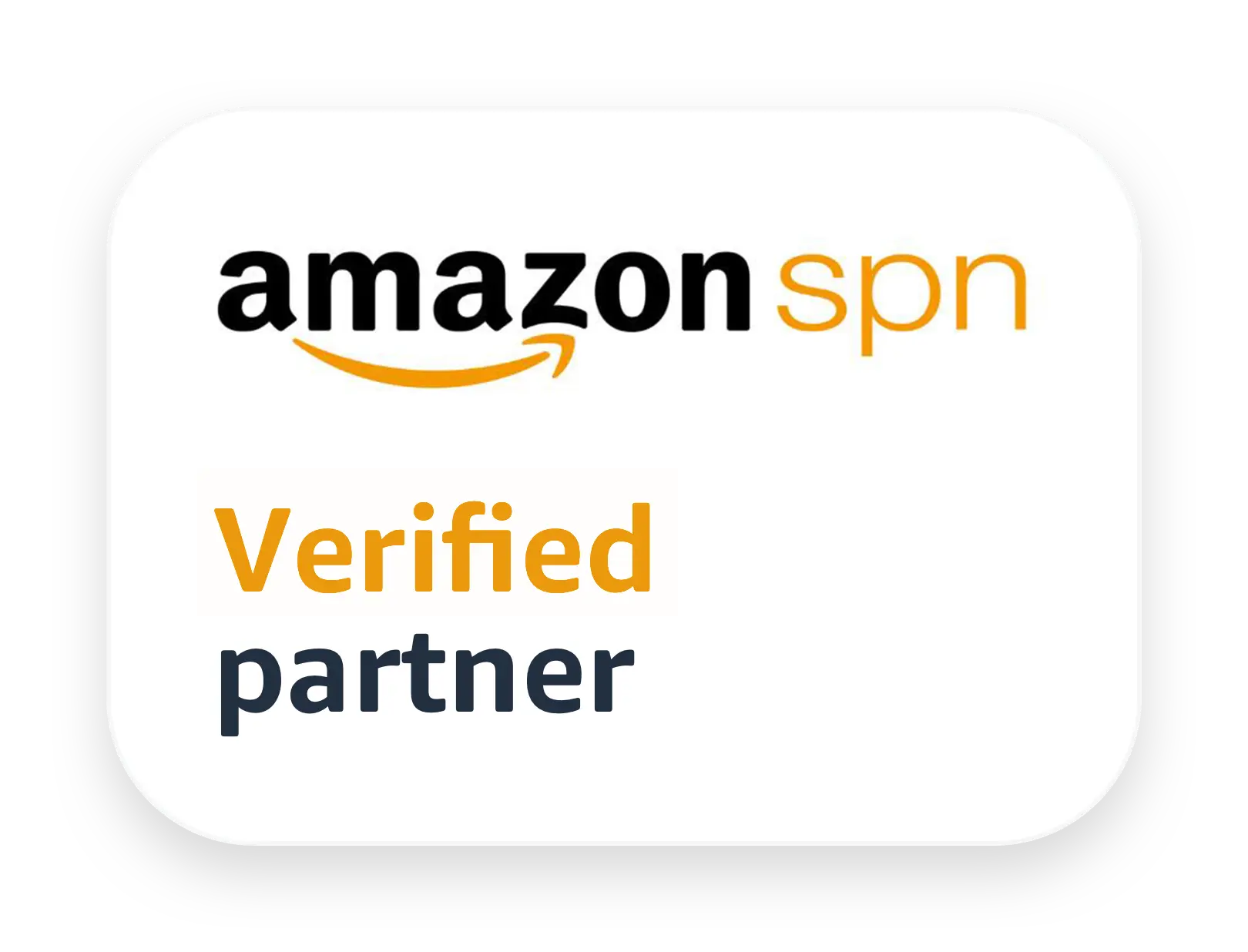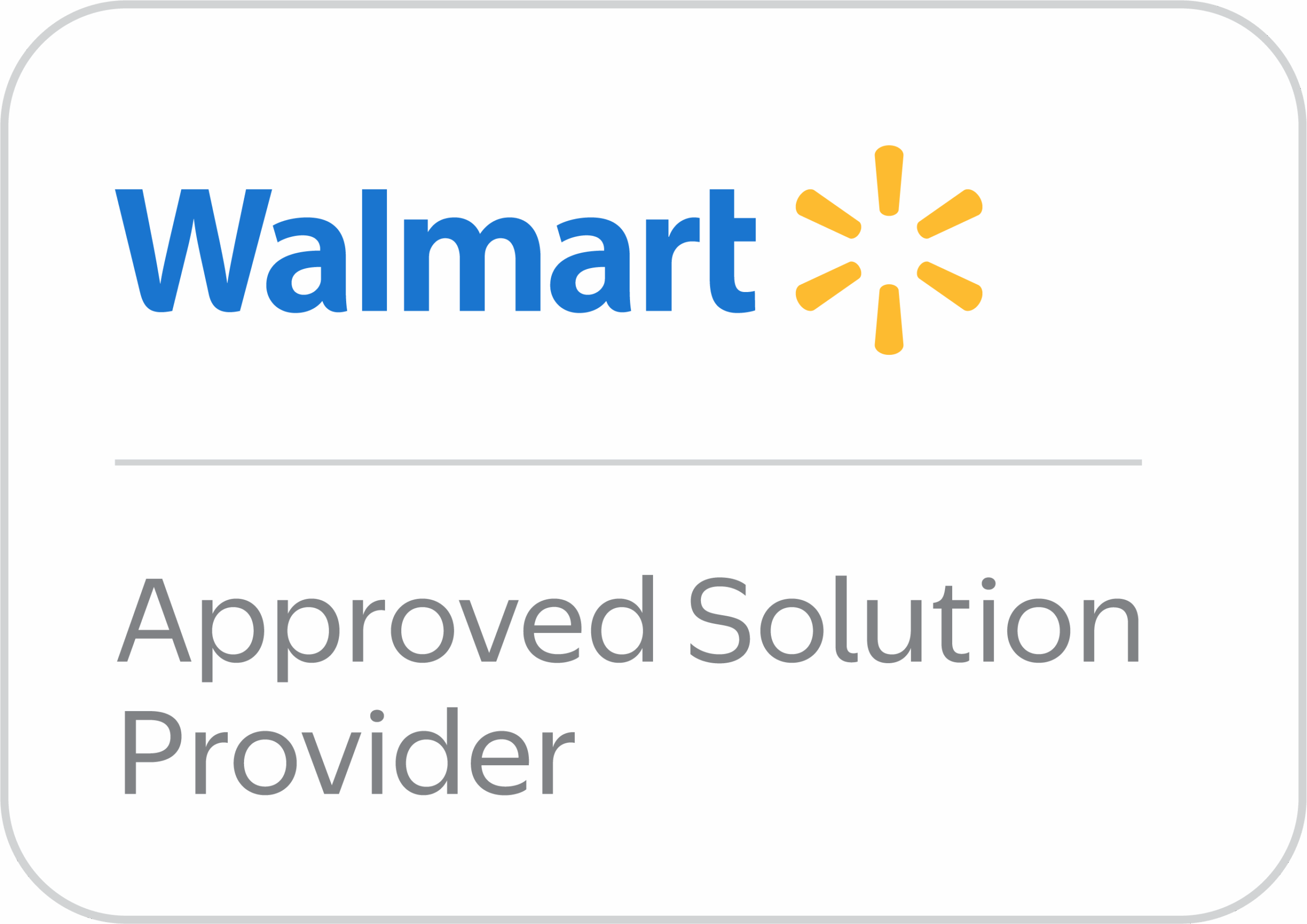Selling children’s toys on Amazon isn’t just about having a great product—it’s about meeting strict compliance regulations to ensure safety, legal conformity, and marketplace approval. Toys are among the most highly regulated product categories, and failing to meet Amazon’s standards can result in listing removals, account suspensions, or even legal penalties.
That’s why today we’ll talk about the key compliance requirements, testing certifications, and best practices to help sellers avoid risks and maintain long-term success.
Why Compliance is Crucial for Children’s Toys on Amazon
Amazon enforces stringent safety regulations for children’s toys to protect consumers from hazards such as toxic materials, choking hazards, and mechanical failures. The consequences of non-compliance can be severe, leading to:
- Product Listing Removal – Amazon will take down non-compliant listings.
- Account Suspension or Termination – Repeated violations can lead to losing your ability to sell.
- Heavy Fines & Legal Consequences – Regulatory bodies may impose fines for unsafe toys.
- Loss of Customer Trust & Negative Reviews – Poor compliance can damage your brand’s reputation.
Given these risks, staying compliant isn’t optional—it’s essential for selling toys on Amazon.
Regulatory Requirements for Amazon by Market
Toy safety standards vary by region, and Amazon requires sellers to comply with country-specific regulations. Below are the key compliance requirements in major Amazon marketplaces:
USA (Amazon.com)
Children’s toys in the U.S. must adhere to multiple safety standards enforced by the Consumer Product Safety Commission (CPSC):
- ASTM F963-17 – This mandatory toy safety standard covers mechanical, physical, and chemical hazards.
- CPSIA (Consumer Product Safety Improvement Act) – Requires:
- Lead & phthalates testing to ensure materials are safe.
- Tracking labels that include manufacturer details and batch numbers.
- Children’s Product Certificate (CPC) based on third-party lab testing.
European Union (Amazon.co.uk, Amazon.de, etc.)
The EN 71 standard governs toy safety in the EU. Products must comply with:
- EN 71-1: Mechanical & physical properties.
- EN 71-2: Flammability requirements.
- EN 71-3: Limits on toxic element migration.
- CE Marking: A mandatory certification indicating compliance with EU safety laws.
- REACH Compliance: Regulates hazardous substances in toys.
United Kingdom (Amazon.co.uk)
Post-Brexit, the UK now follows its own UKCA (UK Conformity Assessed) marking, replacing CE marking. Toys must also comply with BS EN 71, which aligns with EU safety standards.
Canada (Amazon.ca)
Children’s toys in Canada must comply with:
- Canada Consumer Product Safety Act (CCPSA) – Ensures safe manufacturing and labeling.
- SOR/2011-17 (Canadian Toy Regulations) – Covers mechanical, toxicological, and electrical safety.
Australia (Amazon.com.au)
Toys sold in Australia must meet the Australian Consumer Law (ACL) and comply with AS/NZS ISO 8124, a standard similar to EN 71.
Amazon-Specific Compliance Requirements
Beyond legal regulations, Amazon has its own compliance rules. Sellers must provide:
- Safety Data Sheets (SDS), Children’s Product Certificates (CPC), CE, UKCA markings depending on the market.
- Test Reports from accredited labs such as SGS, Intertek, Bureau Veritas.
- Manufacturer’s Declaration of Conformity (DoC) proving compliance with regulations.
- Age Appropriateness & Warning Labels, including “Choking Hazard – Small Parts” labels when applicable.
- Proper Packaging & Tracking Labels, ensuring products meet regulatory guidelines.
Amazon frequently requests compliance documents at different stages, including:
- Product Listing Creation – Amazon may require documents before approving a new toy listing.
- Category Approval Requests – Some toy categories require pre-approval and compliance verification.
- Routine Safety Audits & Investigations – Amazon can suspend non-compliant listings at any time if safety concerns arise.
Common Children’s Toy Compliance Mistakes to Avoid
Even experienced sellers can unintentionally violate Amazon’s compliance rules. Here are the most common mistakes:
1. Using Incomplete or Incorrect Certifications
Amazon rejects test reports that:
- Are outdated (most need renewal every 1-2 years).
- Come from unrecognized labs (use Amazon-approved third-party labs only).
- Lack proper documentation, such as batch numbers or safety warnings.
2. Selling Toys Without Age-Appropriate Warnings
Regulations require sellers to include accurate age recommendations. Failure to do so can lead to listing removals.
- Toys for children under 3 years old must pass choking hazard testing.
- Small parts, balloons, and projectiles require warning labels like “Not suitable for children under 3 years.”
3. Listing Non-Compliant or Restricted Materials
Amazon bans toxic substances in toys, including:
- Lead & cadmium in paints and coatings.
- Phthalates in plastic toys.
- Sharp edges or unsafe small components that pose injury risks.
Before importing or selling a toy, verify that all materials comply with safety regulations.
4. Selling Repackaged or Unverified Products
Sellers who source toys from unknown manufacturers (especially overseas) without proper testing reports risk suspensions. Amazon treats these as unverified products unless they come with:
- Manufacturer’s safety certifications
- Proper packaging & labeling
- CPC, CE, or UKCA compliance (depending on the region)
5. Ignoring Amazon’s Category Approval Requirements
Some toy categories require Amazon pre-approval, especially for:
- Electronic toys (must comply with electromagnetic safety rules).
- Ride-on toys & scooters (need extra stability and weight limit testing).
- Water-based toys (must meet drowning hazard precautions).
Before listing specialized or high-risk toys, check if Amazon requires additional approvals.
Best Practices for Ensuring Compliance for Toys
Following these best practices will help sellers stay compliant and avoid account issues:
1. Work with Trusted Manufacturers
Only source toys from reliable factories that:
- Already comply with CPSIA, ASTM, EN 71, or other safety regulations.
- Provide detailed product specifications and compliance documents upfront.
When sourcing from suppliers (especially in China), request certifications before purchasing.
2. Conduct Third-Party Testing Before Listing on Amazon
Even if a manufacturer claims compliance, always verify with a third-party lab. Amazon accepts test reports from labs like:
- SGS
- Intertek
- TÜV Rheinland
- Bureau Veritas
Lab testing helps prevent Amazon suspensions and ensures long-term marketplace success.
3. Keep Documentation Up-to-Date
Amazon can request compliance documents at any time, so ensure that:
- Children’s Product Certificates (CPCs) and lab reports are updated annually.
- CE/UKCA marking certifications are renewed when necessary.
- Your compliance documents are easily accessible in Amazon Seller Central.
4. Follow Proper Labeling & Packaging Requirements
Amazon requires toys to have clear, readable labels, including:
- Product Name & Age Recommendation
- Safety Warnings & Hazard Labels
- Batch Codes & Manufacturer Details
Failure to include the right labels can result in listing takedowns.
5. Monitor Amazon’s Policy Updates
Amazon frequently updates its compliance rules. Sellers should regularly check:
- Amazon Seller Central > Compliance Requirements
- Amazon’s Restricted Products Policy
- Country-specific toy regulations (CPSC, EN 71, etc.)
Keeping up with policy changes prevents unexpected listing removals or account suspensions.
How ZonHack Helps Sellers Navigate Amazon Toy Compliance
Ensuring compliance for children’s toys on Amazon can be complex, with evolving regulations, strict documentation requirements, and the risk of listing removals. ZonHack simplifies this process, providing expert guidance on certification, safety testing, and document submission.
Whether sellers need CPSIA compliance for U.S. markets, EN 71 certification for Europe, or UKCA marking for the UK, ZonHack ensures every requirement is met. With a dedicated team handling compliance audits, test report verification, and regulatory updates, sellers can avoid penalties and focus on scaling their business.
For those struggling with compliance approvals or sudden listing suspensions, ZonHack offers strategic solutions to get products back on track quickly.




